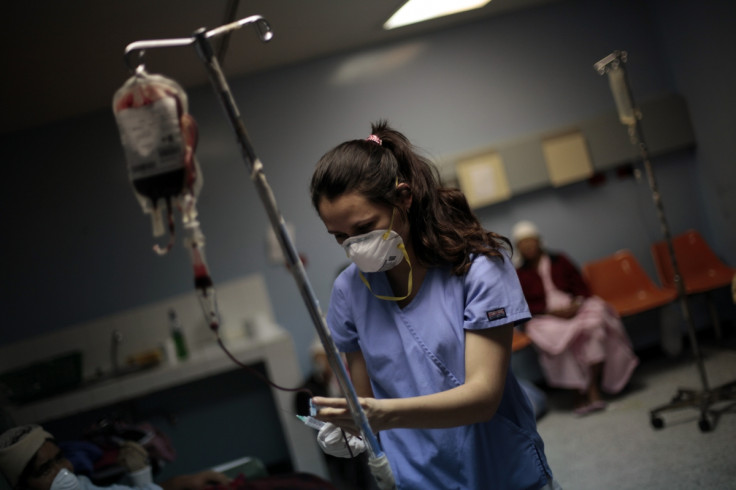Scientific Breakthrough as Artificial Blood is Created from Stem Cells

Mass production of human blood on an industrial scale could become a reality as artificial blood is tested on patients for the first time.
This breakthrough could pave the way for the manufacturing of blood on a large scale, ultimately ending the need for donated blood as the main supply for people.
Professor Marc Turner, medical director at the Scottish National Blood Transfusion Service, is heading up the £5m project at the University of Edinburgh. "We have made red blood cells, for the first time, that are fit to go in a person's body. Before now, we haven't really had that," he told the Times.
The trial, planned in 2016, is believed to involve three patients with thalassaemia, a disorder of red blood cells which requires regular transfusions. They will receive around 5ml of the artificial blood to test for a bad reaction with the body.
However, Professor Turner was cautious about people not giving blood donations, as artificial blood may not be available for at least 20 years.
Although most people are able to give blood, only about 4% of the population donate regularly. In England, around 8,000 blood transfusions are carried out every day.
John Hunt, director of the UK Centre for Tissue Engineering at the University of Liverpool, stressed the importance of regular donations. "If people stopped giving blood, the healthcare system would crash. It's a brilliantly managed risk, but if you could take that risk out, why wouldn't you? This could affect red blood cell provision for the world."
The research team has now reached an efficiency of 40-50% of stem cells turning into red blood cells, with the process taking around a month.
In theory, the method could provide an unlimited supply of blood that would be disease-free and match up with a patient's blood type.
Professor Hunt added that the artificial blood trials heralded in a bold new era of regenerative treatments. "We can already make artificial skin, we can make liver – not enough of it yet, bone, cartilage, blood vessels. There's a lot of excitement about using a patient's own cells to regenerate part of the body."
How to make artificial blood
- Blood cells are taken from a human donor with the rare universal blood group O negative
- Cells are genetically 'rewound' into a stem cell-like state, creating induced pluripotent stem (iPS) cells
- iPS cells cultured for one month, turning into red blood cells
- Mature red blood cells created and separated from immature cells in a centrifuge
- Red blood cells ready for transfusion
© Copyright IBTimes 2025. All rights reserved.






















